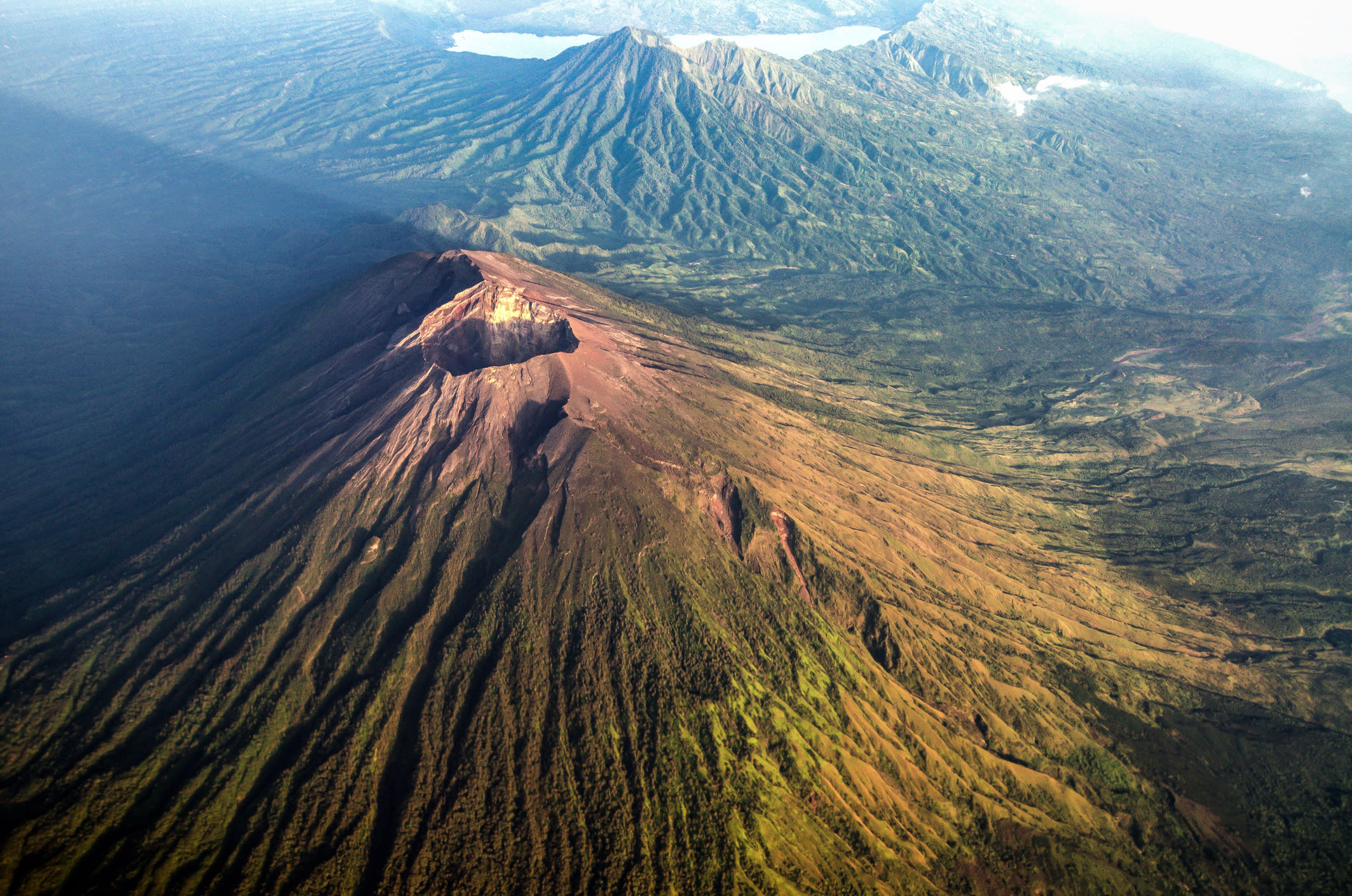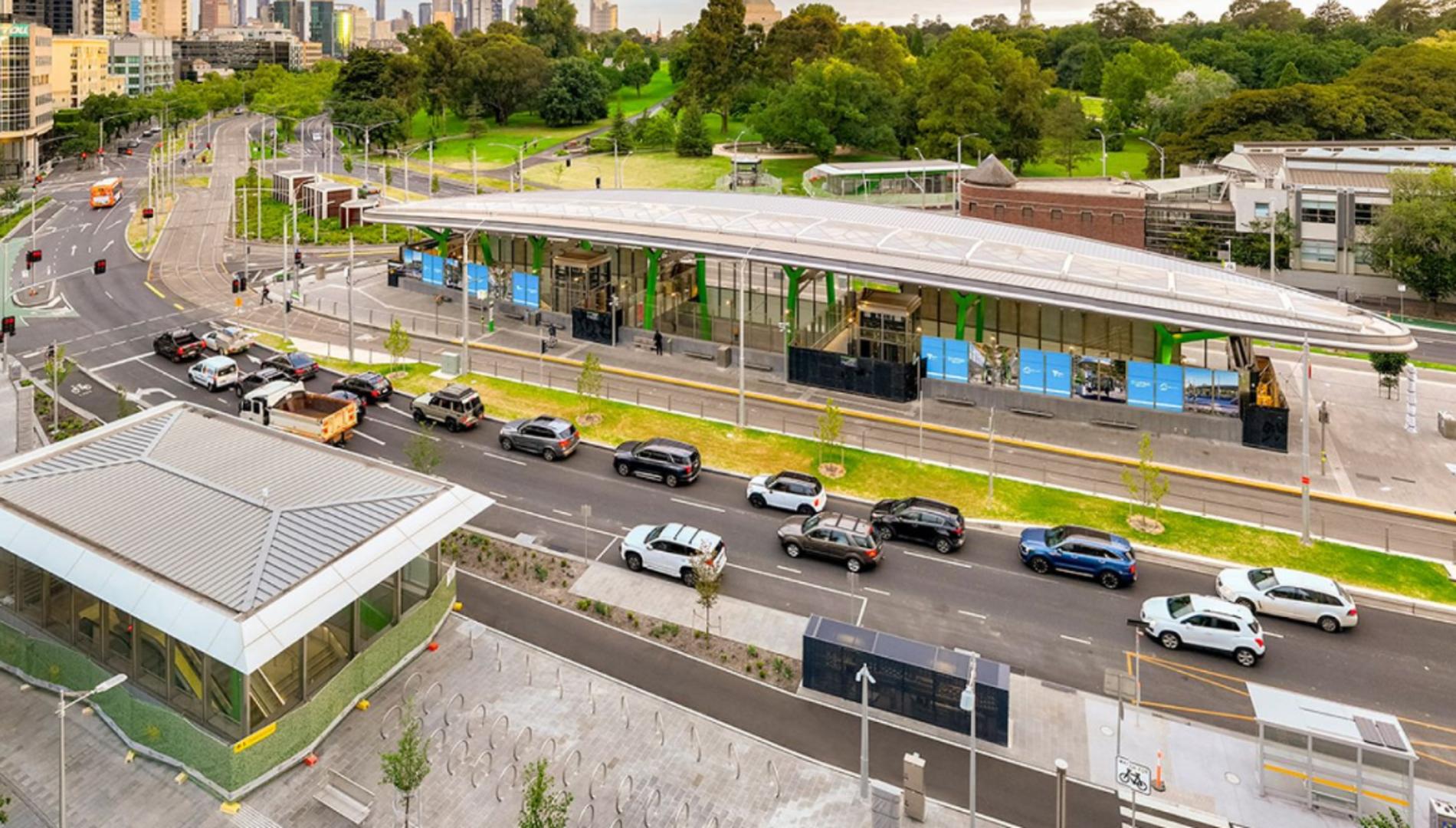Volcanoes are majestic in appearance and the largest mountains on our planet. Measured from the seafloor, Hawaii’s Big Island is taller than Mt Everest. From the tropical islands of Hawaii to the snow-covered, iconic peaks at Mt Fuji, Mt Ruhapehu or Mt Kilimanjaro, the fire-spitting mountains have a spiritual connection with those who settled on their flanks for thousands of years.
For many, volcanoes are a daily, passive part of their life. In the event of an eruption, however, they pose an imminent threat to those in their surroundings, as is currently observed at Mt Agung on Bali and Manaro Voui Volcano on Vanuatu.
Mount Agung has threatened to erupt since September and the alert was then raised to it highest level, but still there has been no eruption. Seismic activity has now declined, according to the Indonesian National Disaster Management Authority, and the threat level was reduced from dangerous to high alert in late October. It remains at that level despite the volcano again emitting smoke and ash on November 21.
Some of those ordered to evacuate several weeks ago have since been told they can return, but the danger remains real with several hundred earthquakes a day.
The last eruption at Mount Agung (below) was in 1963, killing more than 1000 people.
Volcanic eruptions are deadly, and with an ever-growing population and global mobility, there is also a growing need to better understand the threats of volcanoes.

Eruptions seem to occur randomly and be very different in scale and style. Every other year we hear of eruptions somewhere on the planet with devastating pictures of their surroundings, or news of ash clouds disrupting air traffic.
So what is it really that makes volcanoes erupt and more importantly, that makes eruptions dangerous? And why is it so difficult for us to understand or accept their violent nature?
Over the past two decades, our understanding of volcanic systems has significantly improved, but our ability to predict future eruptions remains a challenge and is imperfect. The reason for this is an emerging picture of a very complex natural system, unique to each volcano that only in the broadest sense follows a predictable pattern.
New technologies can be used to monitor active volcanoes, though this equipment is expensive to install and maintain, access to volcanoes is dangerous and difficult, and ultimate warning signs are often sparse and inconclusive.
The basic nature of a volcano and the level of danger it poses is defined by its geologic foundation. Among many factors, the principal component is the combination of magma and gas (or volatiles), which to a large extent is defined by, what experts call, its tectonic setting.
We distinguish between four major types of volcanoes, all of which differ in their behaviour, location and even shape.
By far the most common type is that of oceanic ridge volcanism. Buried under circa two kilometres of seawater, these ongoing eruptions are non-violent and rejuvenate the ocean floor.
More prominent but less common volcanoes, such as those of Hawaii or Samoa, form along submarine and subaerial chains in the oceans and their eruptions are often gentle. Constantly erupting lava flows are fed by a system that roots almost from the Earth’s core, but develop only small hazards as the lava is low in volatiles.
A third, rare type are those that form towards Melbourne’s West. These zones of focused magma randomly produce small volcanic centres, which can be violent but only if in contact with surface waters, such as lakes or groundwater.
The last but most important type are volcanoes that form chains along the boundaries of the large tectonic plates. They are naturally rich in volatile components such as carbon monoxide, sulphur dioxide and even water.
This cocktail makes them much more explosive and dangerous than any other volcanic eruption. These are the type now active on Bali and Vanuatu, and make news all around the globe. They form the Pacific ring of fire and require constant monitoring.
In order to understand the difficulties in forecasting dangerous volcanic eruptions and warning the population about eminent hazards requires delving into the processes operating within volcanoes.
In the anticipation of a possible eruption, such as those on Bali or Vanuatu, scientists are under immense pressure to deliver a reliable prediction of future events.
The first challenge in understanding volcanoes is that of the remote nature of their deep centres. Geologic processes in active or dormant volcanic system are constantly ongoing at depth, but often show little or no sign at the surface. As slowly as America and Europe drift apart with the speed of your growing fingernails, magma is replenished from deep within the Earth into growing chambers.
Only if a threshold of maximum pressure in these chambers, a complex network of molten rock deep within the Earth’s crust, is overcome does the magma rise and the volcano erupts. This threshold is individual to each volcano and signs of these processes are often limited to days or hours before an eruption.
These can be volcanic tremors (seismicity) in specific rhythms and magnitude different to previous observations, increasing gas emissions monitored in volcanic craters that indicate lava is rising and releasing gas (only sometime associated with smoke plumes), or high-precision satellite data that record centimetre scale “bulging” of the entire mountain.
The lead-up to an eruption may give warning signs over days or weeks, but an actual eruption can only be safely predicted within hours or minutes of the event. For an effective evacuation, this may not be enough time.
The second concept to consider is that of geologic time, which is very different to that of humans. Volcanic systems can operate on very diverse timescales that, in human measures, are often difficult to grasp.
Eruption cycles of volcanic centres vary from decades to millennia during which the system remains dormant. Often scientist paint the picture of a sleeping giant. The eruption itself, once initiated at depth, will reach the surface within hours.
Minutes after the initial blow, burning hot ash clouds cover the flanks of the volcano with speeds of several hundreds of kilometres per hour. So what remained a paradise for decades, often beyond the lifespan of individuals, can turn into an instant inferno. People that lived safely on the flanks of a volcano for their entire life are not easily convinced that an eruption is imminent, and precautionary evacuations are not very popular, as has been evidenced in Bali.
Finally the eruption itself, once it begins, is unpredictable in shape and magnitude. It is not the lava flow itself that poses the biggest danger, but rather the speed with which it is brought to the surface and the nature of the gases it contains.
Dissolved gases will be released from the magma - think of opening up a bottle of champagne – and ruptured lava that cools to hot rock will burst into tiny fragments or ash. A hot ash cloud then ascends with high pressure into the atmosphere, where it may collapse under its own weight and run down the slopes of the mountain, burning everything in its path.
There is only some limited prediction as to where such pyroclastic clouds will travel. Particles in the atmosphere may also harvest moisture from the air and trigger rainfall. Mixed with volcanic ash, this forms mud avalanches, or lahars, which are a cement-like slurry that solidifies to concrete.
The devastation of these events is difficult to imagine in what appears to be a picturesque mountain view. Depending on if and where the flank of a volcano will collapse, earthquakes can be triggered and if close to shorelines, tsunamis may follow.
In the anticipation of a possible eruption, such as those on Bali or Vanuatu, scientists are under immense pressure to deliver a reliable prediction of future events. The disruption of thousands of lives, together with economic and social consequences needs to be balanced by saving these lives during an eruption which may or may not happen.
Despite improvements in volcanic monitoring, there is no ultimate guarantee that the system behaves as predicted; too many variables allow various scenarios. However, volcanologists make use of the best technology available, and base their decisions on a wealth of experience. They do not take their decisions lightly and it is important to understand that if a volcano does not erupt, despite expert warnings, this is the best case scenario. Rest assured, the next eruption will come.






